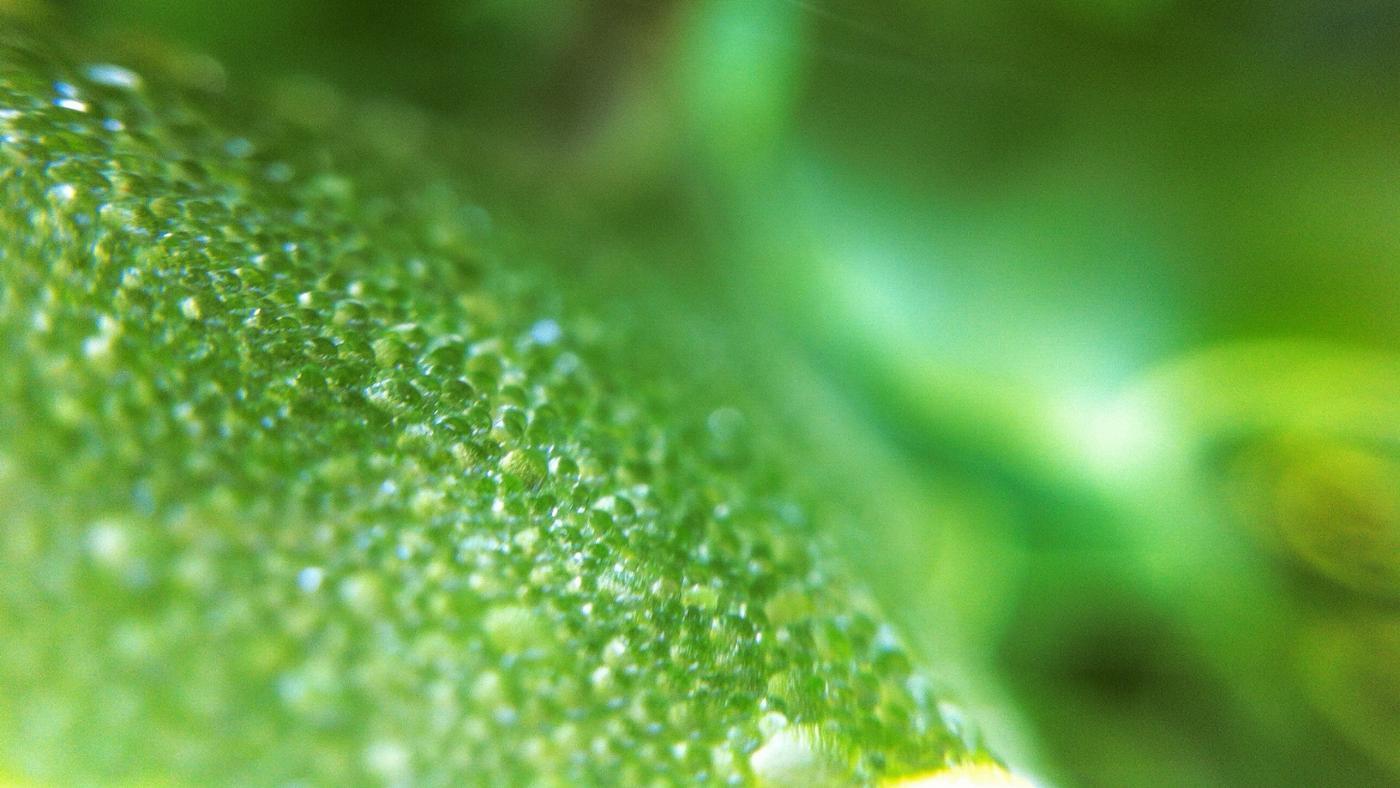A recent study led by the University of Bristol has shed light on the origin, timing and habitat in which the chloroplast first evolved.
A quick Q&A, what is the single most important thing needed for life on earth? You now probably think this is another one of my little lame bit, but seriously, what is it? Yeah, (hoping you got it right, else may god bless your soul) it’s sunlight.
The sun provides every living thing with the three basic necessities of life on earth: food, water, and oxygen. Obviously, we can’t eat or drink sunlight itself. Nor can we breathe it in. So how do we get access to the life-sustaining nourishment from the sun? That’s where photosynthesis comes in.
The Earth’s biosphere is fuelled by photosynthesis. During this fundamental process algae and plants capture sunlight and transform carbon dioxide into carbohydrates, splitting water and releasing oxygen.
And photosynthesis itself takes place in green specialised subunits within a cell known as chloroplasts. It is a well-established fact that the chloroplast that allows plants to harness the energy of the Sun to make food originated when eukaryotes swallowed a type of photosynthesizing bacteria known as cyanobacteria, or blue-green algae
. The symbiosis that formed between the two organisms, in which the eukaryote provided protection while the cyanobacteria provided food, is what formed the basis for the evolution of the hundreds of thousands of plants we see today.However, very little is known about how this remarkable pairing first came about, when it might have occurred, or to which cyanobacteria the ancestors of the chloroplast is most closely related.
This new study shows that the chloroplast lineage split from their closest cyanobacterial ancestor more than 2.1 billion years ago in low salinity environments.
The study’s lead author, Dr Patricia Sanchez-Baracaldo, a Royal Society Research Fellow at the University of Bristol’s School of Geographical Sciences, said: “The results of this study imply that complex organisms such as algae first evolved in freshwater environments, and later colonised marine environments – these results also have huge implications to understanding the carbon cycle.
“Genomic data and sophisticated evolutionary methods can now be used to draw a more complete picture of early life on land; complementing what has been previously inferred from the fossil record.”
The scientists state that after the lineage split, it took another 200 million years for the chloroplast and the eukaryotic host to be intimately associated into a symbiotic relationship. This evolutionary study also revealed that marine algae groups diversified much later on at around 800 – 750 million years ago.
Professor Davide Pisani from the Schools of Biological and Earth Sciences said: “Our planet is a beautiful place and it exists in such a sharp contrast with the rest of the solar system. Think about those beautiful satellite pictures where you see the green of the forests and the blue/green tone of the water. Well, Earth was not like that before photosynthesis. Before photosynthesis it was an alien place, uninhabitable by humans. Here we made some big steps to clarify how Earth become the planet we know today, and I think that that is just wonderful.”
Professor Andrew H. Knoll from Harvard University added: “Integrating observations from molecular biology, paleontology and environmental history provides new perspectives on the deep, and deeply intertwined history of Earth and life.”
This study has a lot of credence due the number of genetic sequences used and manages to provide a lot of evidence for a time point which was not previously known. Therefore, representing a significant step forward in our understanding.






























